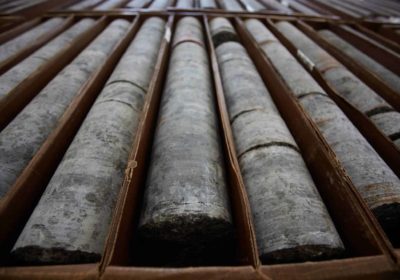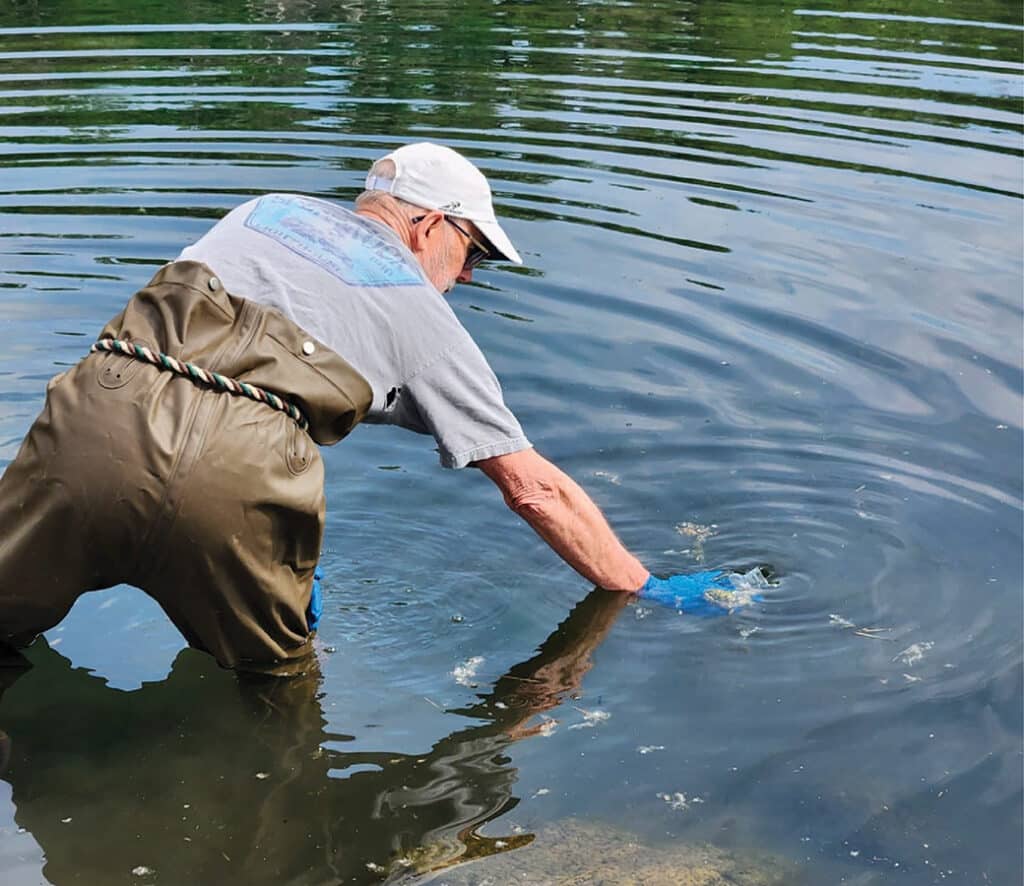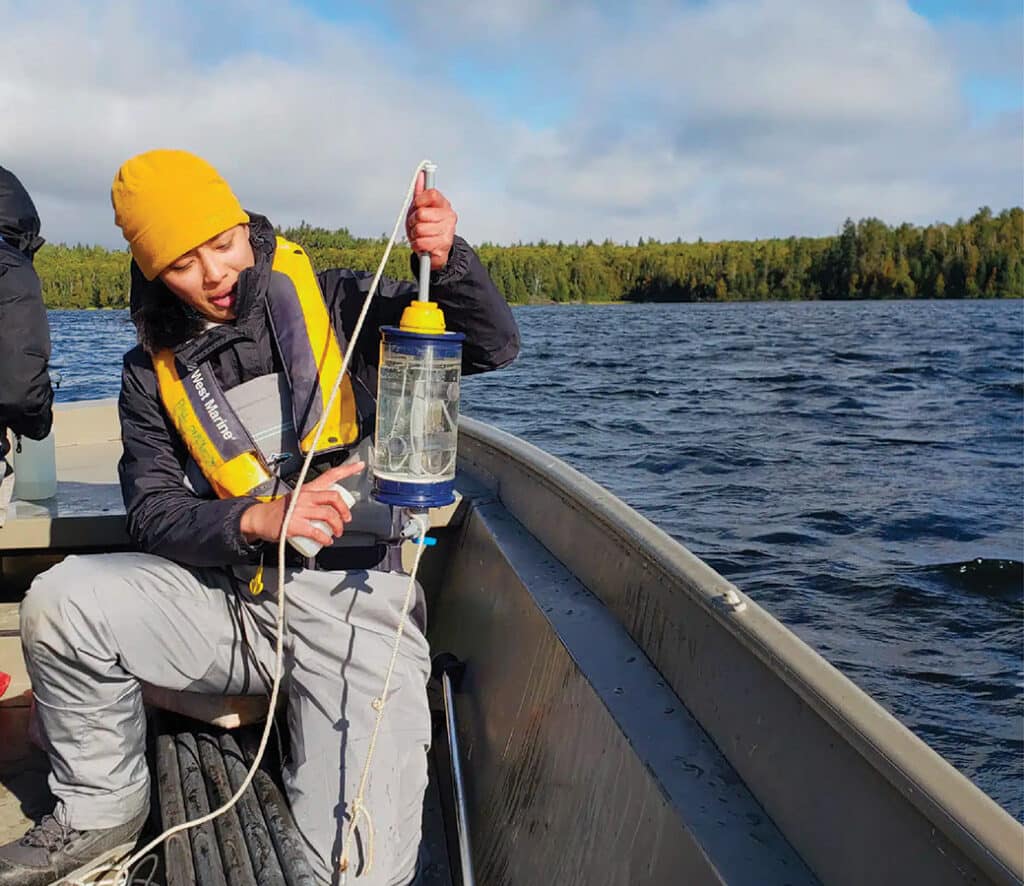Forestry Center moves forward to return land to Fond du Lac Band
The University of Minnesota recently reached an agreement in principle to return the Cloquet Forestry Center’s land holdings to the Fond du Lac Band of Lake Superior Chippewa in northern Minnesota. The state of Minnesota still owns some of the property, which means the legislature must approve the transfer to complete it. If finalized, Fond du Lac will own all 3,400 acres, but the Forestry Center will continue to provide education and research in collaboration with the Band.





















